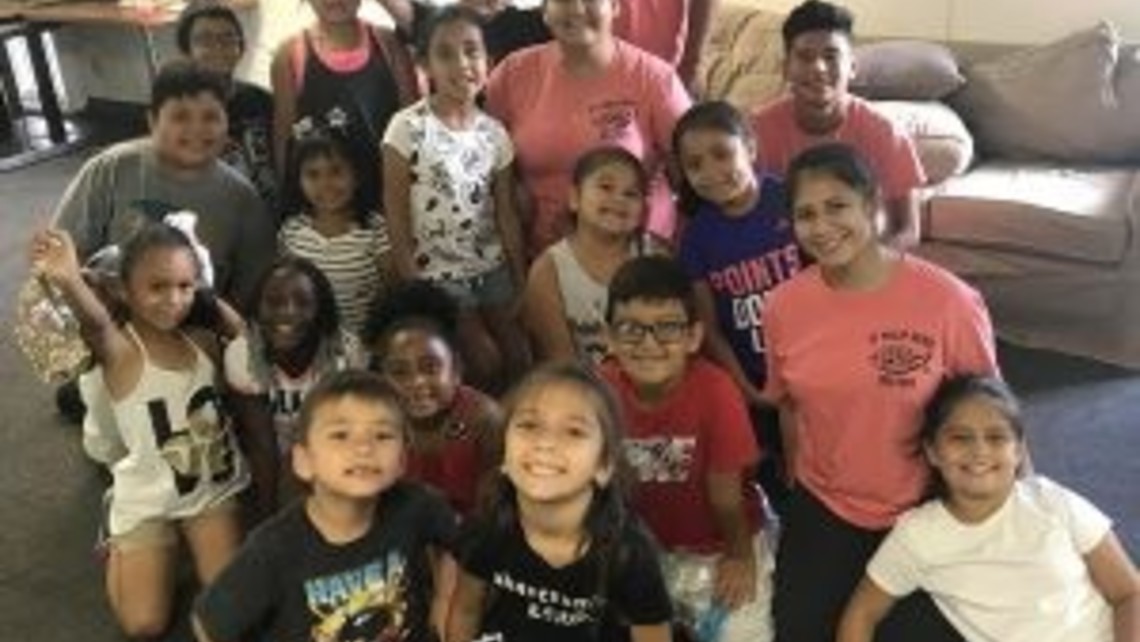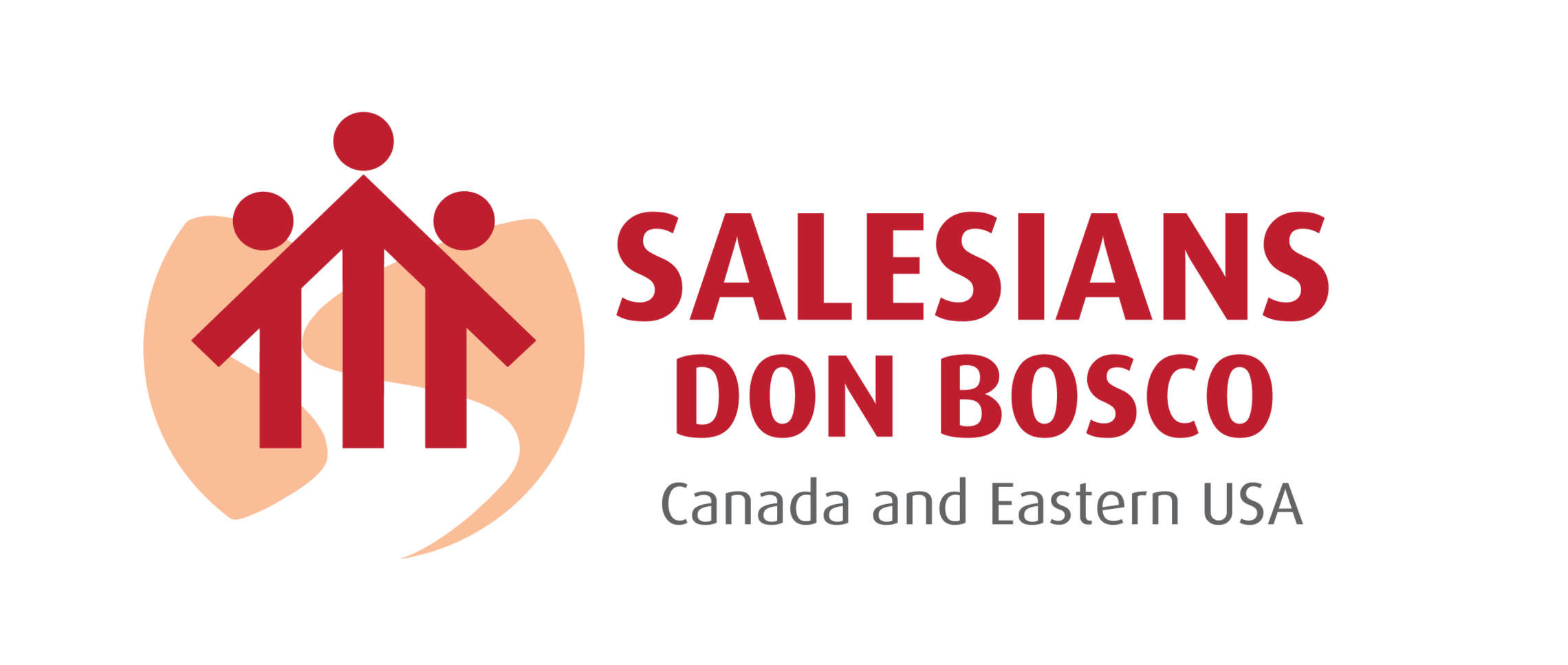
Dear Salesian Family,
Last week I visited the SDB community in Belle Glade. There are four SDBs and a Salesian lay missioner (SLM) in the religious community, two born in the USA, two born in Spain, and one born in Haiti. They serve at St. Philip Benizi Parish, where they minister in Creole, French, Spanish, and English.
The Spanish-speaking parishioners come from a variety of Latin American countries. The parishioners have organized a tri-lingual Rosary prayed together in the church for the novena to the Immaculate Conception. They also are in the middle of the novena to Our Lady of Guadalupe, prayed in Spanish in the homes. The feast of Guadalupe will include a procession on December 11 and an outdoor festival with food and dance. As soon as these festivities are cleaned up, the parishioners will be invited to join in the Posadas, nine days of preparation before Christmas.
From the SDB community to the parish community to the city of Belle Glade, we find cultural and linguistic diversity that enriches their lives.
What is particularly interesting about the diversity of Belle Glade is that it is not unique in our province! Of our SDB communities, 14 out of 16 have members born outside of Canada or the USA. Of our Salesian presences, 10 minister in a language other than English or French. In addition to Our Lady of Guadalupe (and of course Mary Help of Christians and Don Bosco), some Salesian presences enthusiastically celebrate Our Lady of Aparecida, Señor de los Milagros, Our Lady of Perpetual Help, Simbang Gabi, and Divine Mercy.
In identifying such cultural diversity in our religious communities and ministries, we have to acknowledge honestly the stresses this can bring. There will inevitably be misunderstandings and a lack of patience, sometimes resistance to accepting differences or adapting to new realities, even prejudice, and envy. To help us live as brothers of the Lord in community and build up the Kingdom of God in our Salesian presences, the SDBs are participating in a two-year project out of the Catholic Theological Union (CTU) in Chicago focused on interculturality and religious community. Guided by a small team of SDBs (Franco Pinto, Gus Baek, Miguel Suarez, and Tarcisio Dos Santos), each community has already read an article on interculturality and shared their experience of living as a religious in a culturally diverse setting. During these months, the communities are asked to use the story of the Canaanite woman (Matt 15:1-8) for lectio divina , watch a video together, and answer a few questions. Before Lent, a penance service will be provided to each community to help us on our path of continual conversion. By the fall of 2019, the team will present to the community leaders of the province some practical suggestions about living with greater unity in multicultural settings.
This process of study, prayer, and planning is not meant only for the SDB religious. It has great value for our work with the young. I quote one paragraph from the Instrumentum Laboris for the 2018 Synod on Young People, the Faith, and Vocational Discernment:
170. The constant increase in the number of migrants and refugees, and in particular the plight of victims of human trafficking and exploitation, demand that their dignity and capacity for action are given some form of legal protection and, at the same time, integration pathways are promoted in the host countries. This is why the initiatives undertaken by many ecclesial bodies, and the involvement of the entire Christian community, are so important. The accompaniment of first- and second-generation young migrants to find their way toward joy and the possibility to contribute to the development of society is a particular challenge in terms of accompaniment for vocational discernment since it must account for the dimension of interculturality. With great care and attention, pathways of accompaniment for mixed couples must be provided from the cultural and also religious standpoint, and also for former migrants who feel the call to the ministerial priesthood or religious life. In contexts where different cultures are found within the Christian community, all pastoral care, including the care of the young, is urged to avoid forms of isolation and promote true occasions for an encounter.
Considering the cultural and linguistic diversity of our ministries, we SDBs and members of the Salesian Family see the value of growing in “interculturality.” We can be prophets of fraternity. The young will find our fraternal communion attractive and want to share it with us. Strong communities help us live our consecrated life and help the young in their vocational discernment. The resources for study, prayer, and reflection are all available from any member of the team. The team members are also ready to help you plan a day of recollection around this topic, or even visit your community to guide some discussion on interculturality. I thank Franco, Gus, Miguel, and Tarcisio for their service to the province and our mission to the young.
I wish you all many blessings on the solemnity of the Immaculate Conception of the Blessed Virgin Mary.
Fr. Tim Zak, SDB
Provincial






